International Heritage Centre blog
Identifying historical photographs
Identifying historical photographs
Identifying the sitters or occasion shown in a photograph is one of the things we are often asked to do but sadly most of the time it is impossible. In its 153-year history The Salvation Army has had tens of thousands of officers and hundreds of thousands of members in over 130 countries worldwide. There is just no way we can recognise everyone!
A case in point is our beautiful collection of Victorian cartes de visite and cabinet cards. These are studio portraits of women, men and children proudly wearing their Salvation Army uniforms but their identities have all been lost in the mists of time. The biggest clue we have to go on is the address of the photography studio where the picture was taken as this could indicate which corps the person attended. However, as very few membership registers (known as soldiers’ rolls) have survived from before the twentieth century, this is little help in tracing the person’s identity. Even if the rolls had survived, we would need other clues if we were to have any chance of linking the person in the image with a name on the roll— for example, badges indicating a particular position of responsibility or another known photograph of the individual in question to compare against.
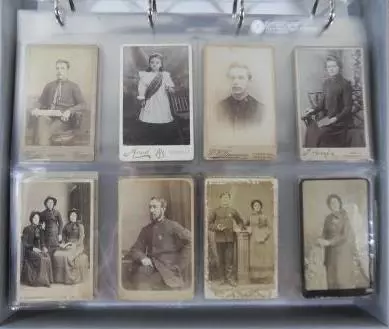
However, the fact that we can’t identify the people in this collection makes it no less historically valuable. One of the most exciting things about being an archivist or a historian is the many different angles from which you can approach the same document. These photographs can tell us so much about the range of people who were joining The Salvation Army in the 1880s and 1890s, how the Salvation Army uniform changed over that period and how it was styled differently by different wearers, or about the geographical spread of The Salvation Army. But they could also be of interest to someone who has no interest in The Salvation Army at all: someone studying the history of photography, someone researching the self-representation of Victorian working class people, or a local historian trying to find the names and addresses of historical businesses in their town.
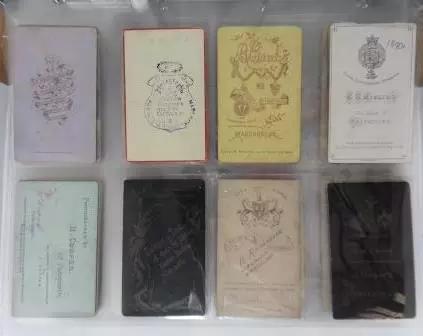
A few examples of photographs that we have been able to identify might serve to show just how painstaking the research involved can be.
A mystery Colonel
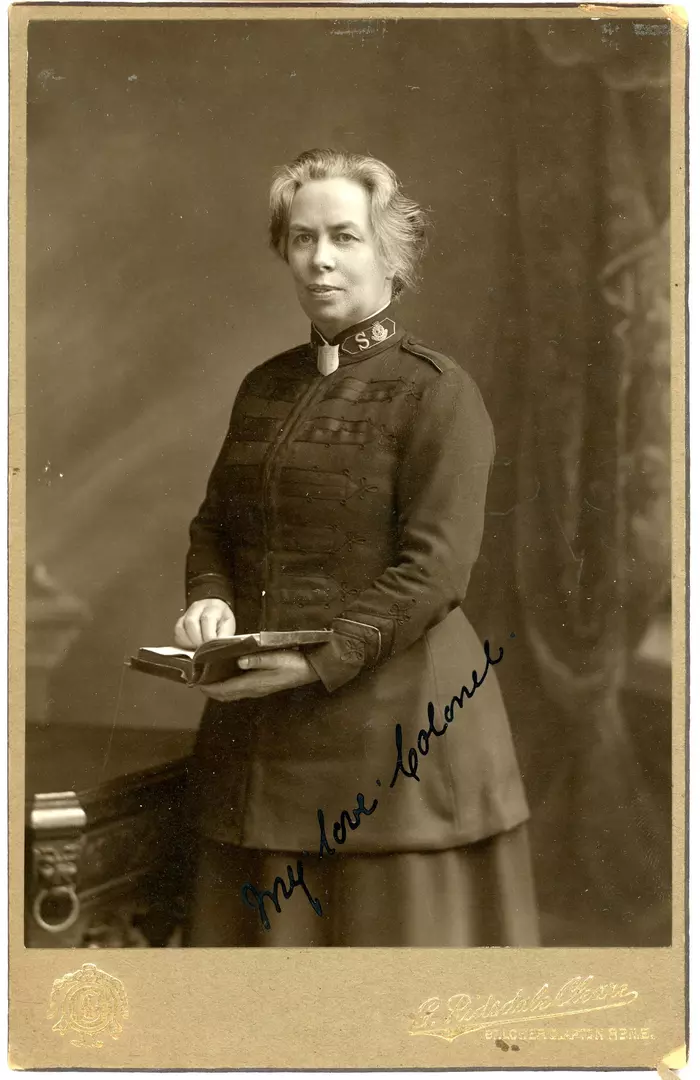
This cabinet card of a female officer was given to us without any information. None of our staff recognised the officer pictured but the hand-written dedication and the uniform indicate that she had the rank of Colonel. Cabinet cards with bevelled edges like this one were in production from the 1880s up until the beginning of the First World War, so for around 35 years, coinciding more or less with the first 35 years of The Salvation Army. Although, on paper, women officers in The Salvation Army have always had the same opportunities as men for promotion to a senior rank, in practice there were relatively few female Colonels during this period. Fortunately The Salvation Army Year Book, which has been published annually since 1906, includes a ‘Who’s Who’ of senior ranking staff officers, so using the 1914 Year Book it was possible to draw up a shortlist of eight women officers with the rank of Colonel or higher (not knowing the exact date of the photograph there was a possibility that the officer might have been promoted further between the time the photograph was taken and the end of the period of production for cabinet cards). By searching our archive catalogue for each of the names on the shortlist, the portrait could be compared with other photographs in our collections or in Salvation Army newspapers and magazines until eventually a match was found. This, it turns out, is Colonel Elizabeth Lambert who was the Principal of The Salvation Army’s Women’s Social Work Training Institute in Clapton.
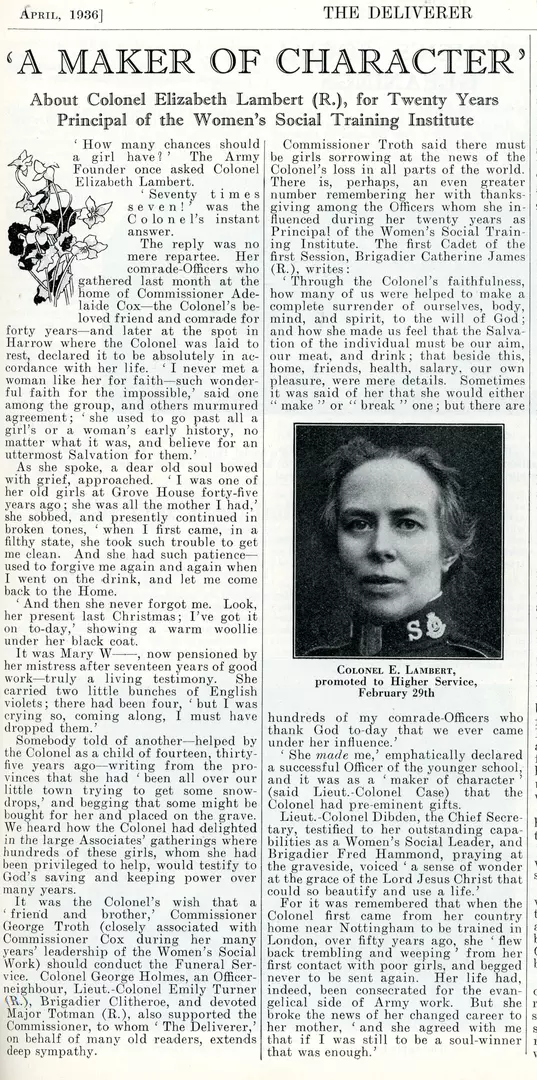
Outdoor group portraits contain a greater number of possible visual cues but identifying their setting, sitters and the occasion can still prove tricky. It always depends on someone being able to recognise at least one or, more likely, two elements: two people or a person and the place. If we have two concrete facts, it narrows down the number of possibilities vastly. Here are some examples.
Officers in Indian uniform
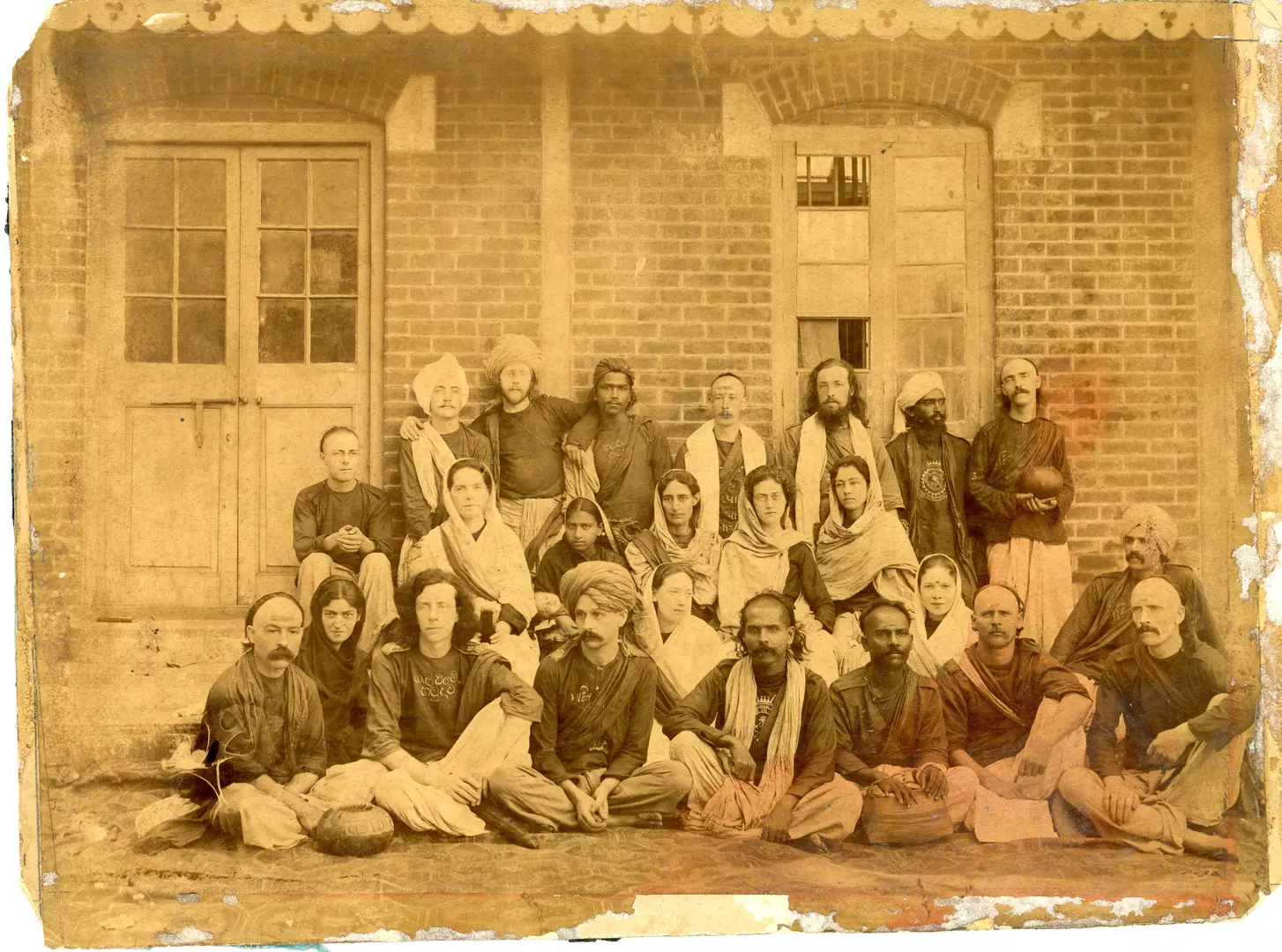
While cataloguing photographs of The Salvation Army in India, we came across this group portrait of officers wearing the style of Salvation Army uniform worn in India in the 1880s but we did not know where it was taken or what the occasion was. We were only able to recognise two of the sitters: the man in the middle of the front row, Arnolis Weerasooriya, and the woman seated directly behind him, Blanche Cox.
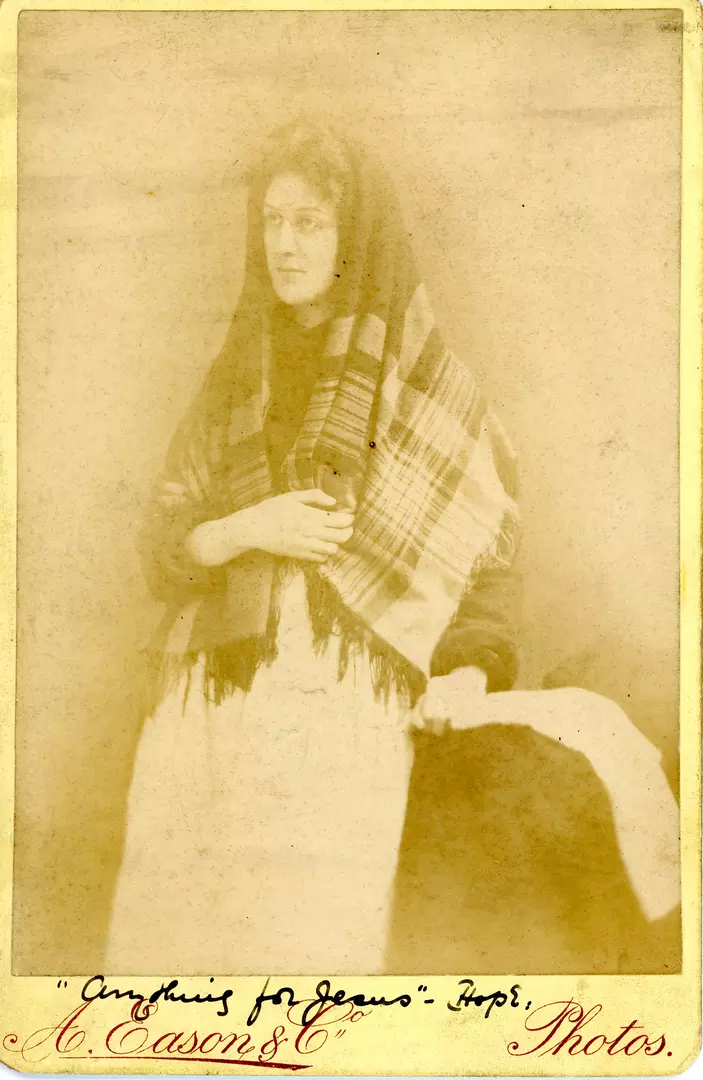
Blanche Cox became a Salvation Army officer in 1883, inspired by the preaching of Catherine Booth. She was initially appointed as a teacher and a secretary on the staff of the women’s training home. During her time there she is credited with having been the pioneer of midnight rescue work in Piccadilly. She also served as the managing secretary of the Cellar, Gutter and Garret Brigade, a group of female cadets and training home staff who established Salvation Army slum work. In 1887, Blanche was appointed to India. She was a member of the missionary party known as the ‘Jubilee Fifty’, in honour of Queen Victoria’s golden jubilee. The party set sail in August 1887, accompanied by Colonel Arnolis Weerasooriya, who was returning to India after a tour of England.
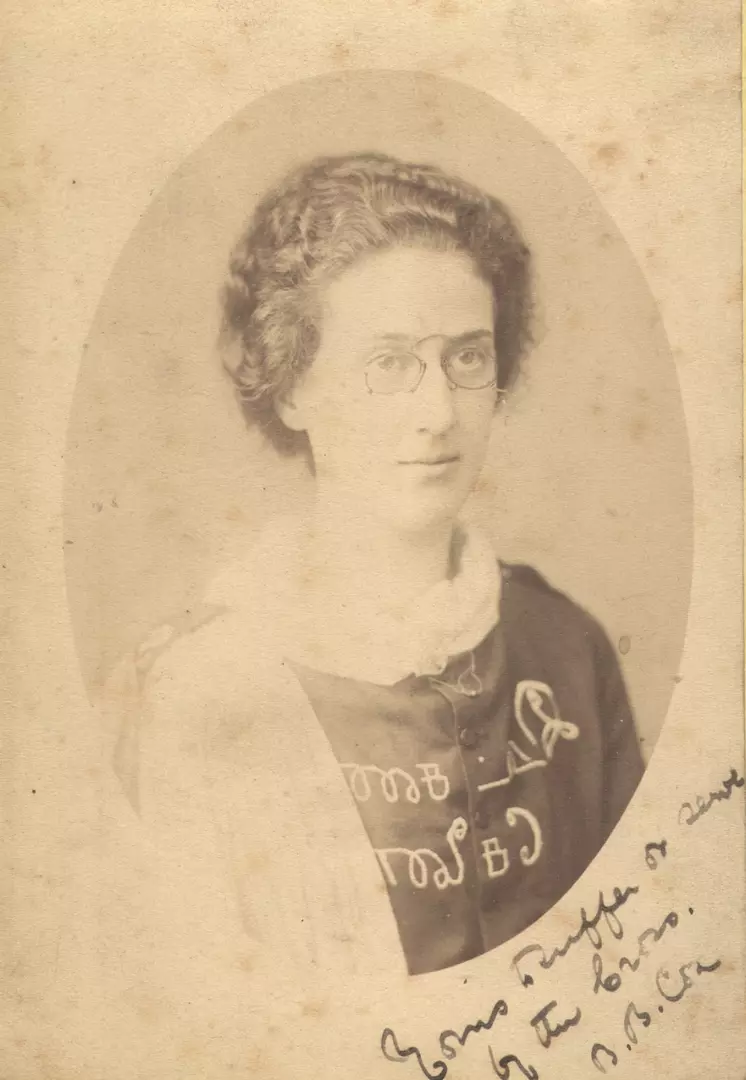
Arnolis Weerasooriya also joined The Salvation Army in 1883 after hearing a Captain speak at meeting in Kandy, Ceylon [Sri Lanka]. He sailed to Madras [Chennai] in order to begin training as an officer before entering the training home in Bombay [Mumbai] in November 1883. After completing his training he was selected to accompany Commissioner Frederick Tucker, the leader of The Salvation Army’s work in India, on tours of Gujerat and Ceylon. He also accompanied the Commissioner to London for the first International Congress of The Salvation Army in May-June 1886. On a second visit to London in the summer of 1887, General William Booth made him second-in-command of The Salvation Army’s forces in India. Sadly however, shortly after returning to India with the Jubilee Fifty, Colonel Weerasooriya contracted cholera. He died on 18 May 1888.

Knowing this, there was a relatively short window of opportunity for this photograph to have been taken. We could narrow our search down to the nine months between August 1887 and May 1888. A search of The War Cry newspaper for these months yielded results. On 28 April 1888, an illustrated reproduction of the photo appeared on the front cover of The War Cry. The photograph shows the members of the first Indian Staff Council, which took place in Bombay in early March 1888.
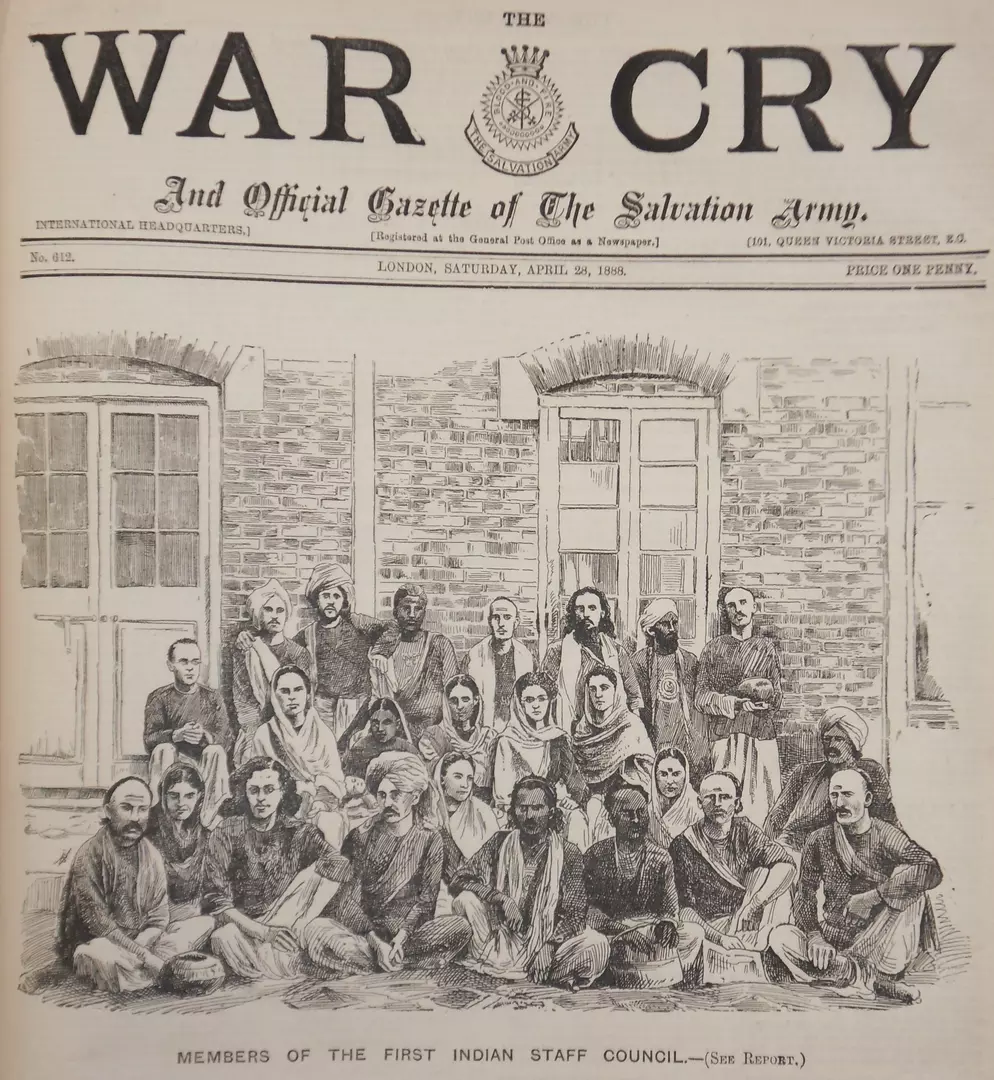
London visitors
Another example is the photograph below, which had been placed among our images of cadets in training at Clapton Congress Hall. However, something seemed not quite right about this. We were able to recognise three of the individuals in the front row: Hugh Whatmore (fifth from the left), Frank Smith (sixth from the right) and Elwin Oliphant (fifth from the right). All three men became officers in the early 1880s but they were not in the same training session: Smith trained in 1881, Whatmore in 1882 and Oliphant in 1884.
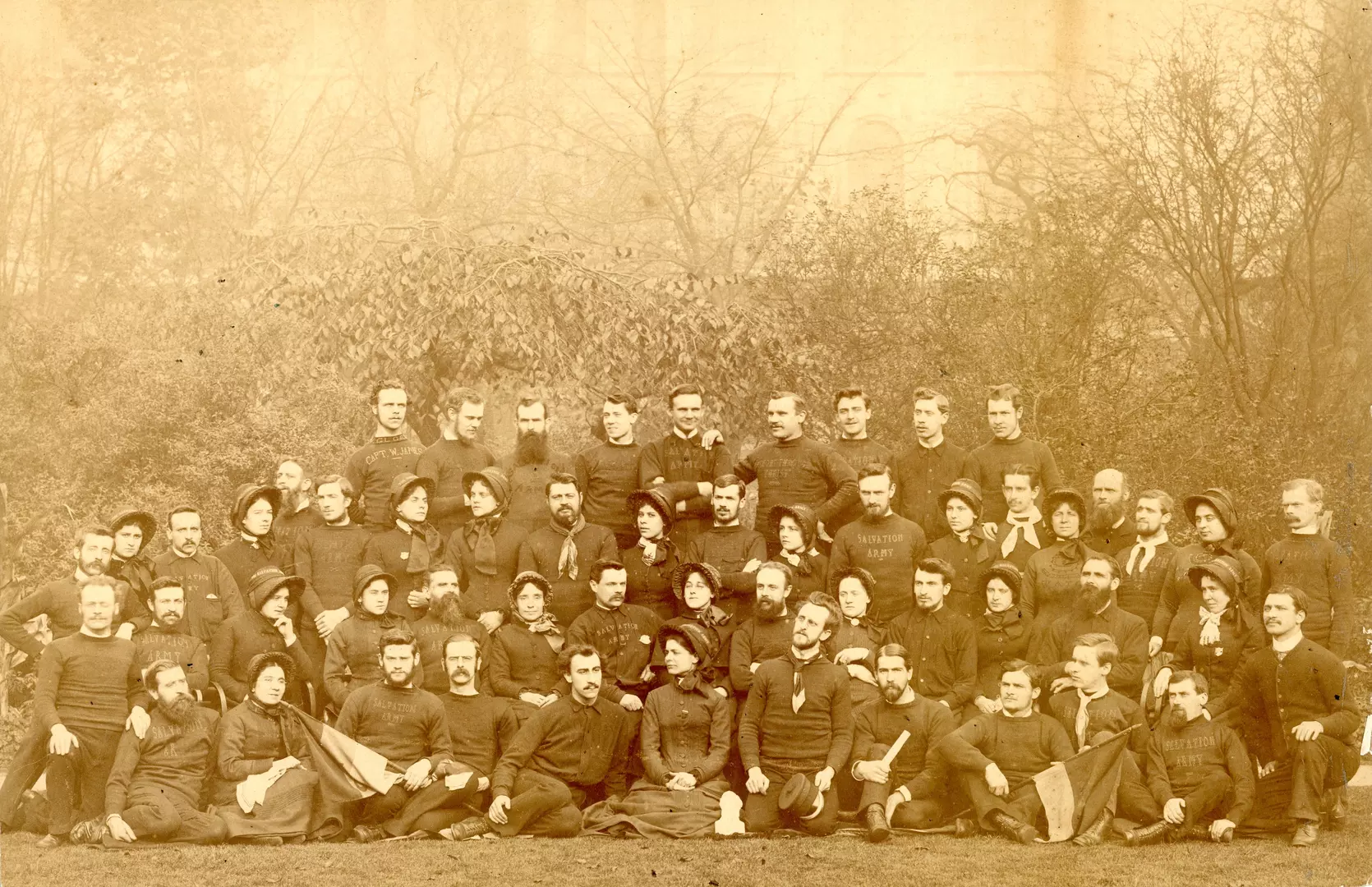
Frank Smith was only a Salvation Army officer for ten years, resigning in 1891, so given the date Oliphant trained, the photograph could only have been taken between 1884 and 1891. Smith spent three years as National Commander of The Salvation Army in the USA from late 1884 until 1887 with Whatmore as his Aide-de-Camp, so one possibility was that the photograph was taken during that period. Yet, some investigation revealed that Oliphant was never in the United States during these years. He did, however, spend six months in 1884 as Aide-de-Camp to Frank Smith while Smith was in charge of the London Division, so this was another possible time period. But when we checked what Whatmore’s appointment had been during these six months, we found he was in Sweden as Aide-de-Camp to Major Hanna Ouchterlony. Whatmore was also abroad later in the decade when both Smith and Oliphant were in London: he served in Sweden between 1887 and 1889 and in the USA between 1889 and 1891. It seemed these three men had never been in the same country at the same time and yet here was photographic evidence that they had!
We then began to think that the positions of the sitters in the front row might serve as a clue. Were the most senior parties seated centre front and flanked by their assistants? Frank Smith is flanked by Elwin Oliphant, so could the woman flanked by Hugh Whatmore be Hanna Ouchterlony? The only confirmed photographs we have of Hanna Ouchterlony date from much later, so we couldn’t be sure when comparing this image with those but it seemed a fairly safe assumption to make. Could this have been a visit of Swedish officers to London or of London officers to Sweden? If so, it would surely have been reported in The War Cry and there was only a six-month window in which it could have occurred, so it was worth having a look.
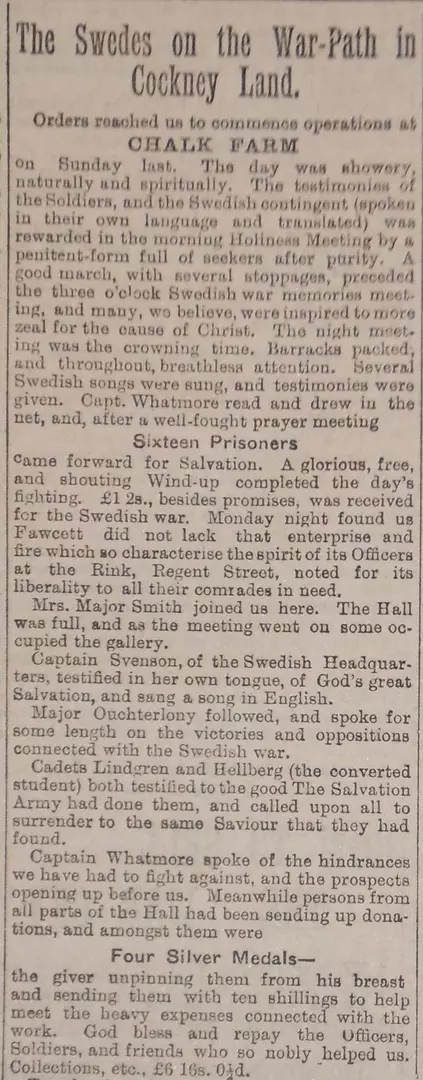
At first it seemed this reasoning might be correct. In July 1884 a party from Sweden visited London. The report above entitled ‘The Swedes on the War-Path in Cockney Land’ names the members of the party: Major Hanna Ouchterlony, Captain Hugh Whatmore, Captain Svenson, Lieutenant Lindgren, and Cadet Emanuel Hellberg. This last name rang a bell with us. A decade after this photograph was taken, Emanuel Hellberg married Lucy Booth, the youngest daughter of Salvation Army founders William and Catherine Booth. Comparing with later photographs we could pick out a possible candidate for Hellberg in the front row, next to Hugh Whatmore. In a drawing of the Swedish party that appeared in The War Cry a few weeks later, he seems to be recognisable from his distinctive glasses
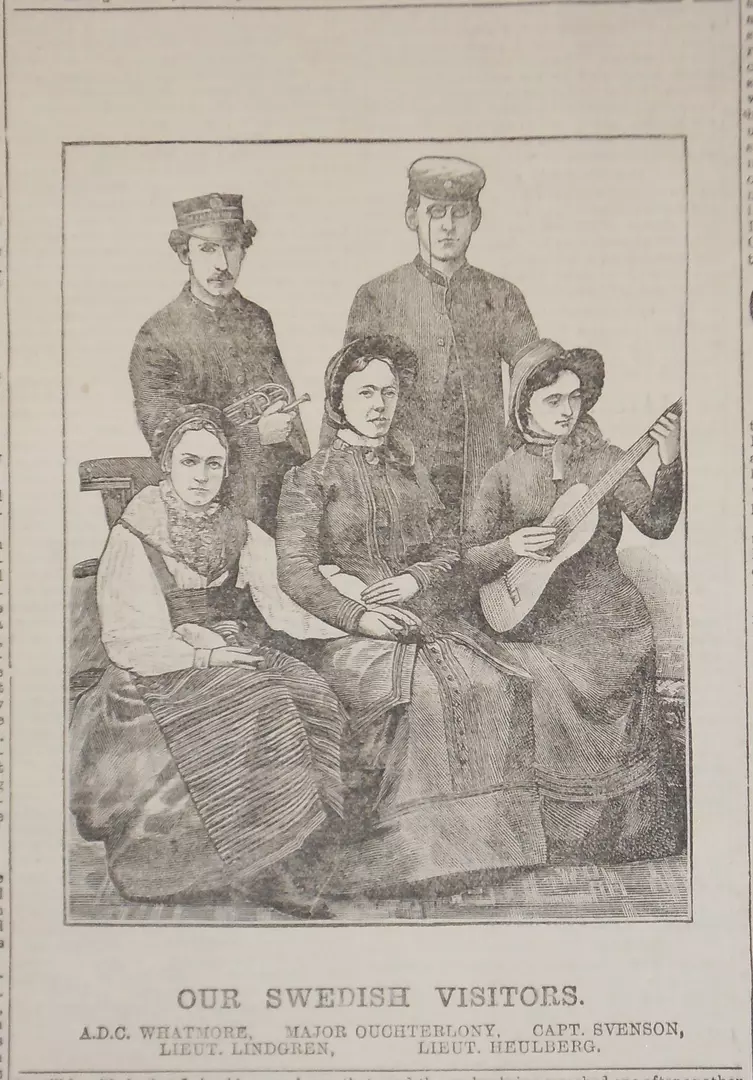
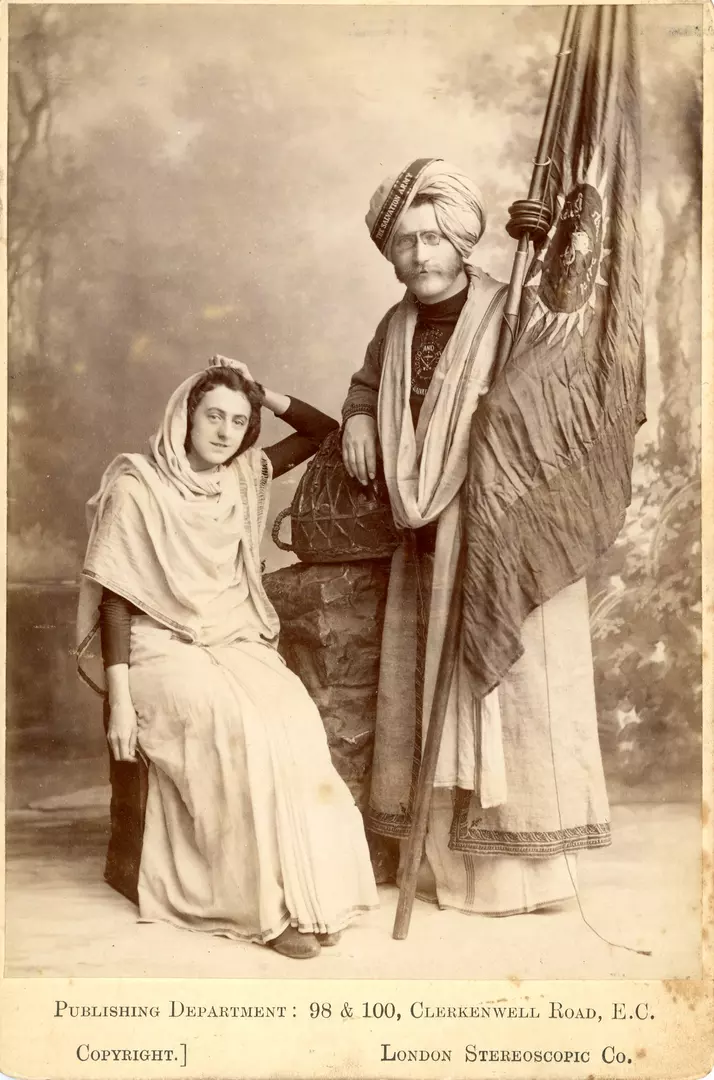
However, the drawings of the female members of the party proved more difficult to match up with photographic counterparts in the large group, and eventually further research led us to a digitised copy of the original photograph from which this drawing was taken. The original photograph is held in the Stockholm Municipal Archives and from it, it is clear that our large group photograph and the smaller studio portrait could not have been taken on the same visit. Hellberg in particular is noticeably younger in the studio portrait and Hanna Ouchterlony is definitely not the woman who is centre-front in the large outdoor group. So, back to the drawing board.
There was another occasion during this time period when Salvationists of all nationalities came together in London—the 1886 International Congress. War Cry reports confirmed that Frank Smith, then Commissioner for the United States, and his Aide-de-Camp, Hugh Whatmore had brought a party to London for this occasion. A Swedish contingent including Emanuel Hellberg had also been present, and Major Elwin Oliphant was advertised as a notable attendee at various events during the Congress. An illustration of Frank Smith printed in The War Cry on 29 May 1886 shows him dressed in the same neckerchief as he wears in the group portrait, and the woman next to him in the middle of the front row also bears some resemblance to an illustration of his wife, Elizabeth, that was published in The War Cry some years earlier. Unfortunately, this is the only known representation we have of her for comparison.
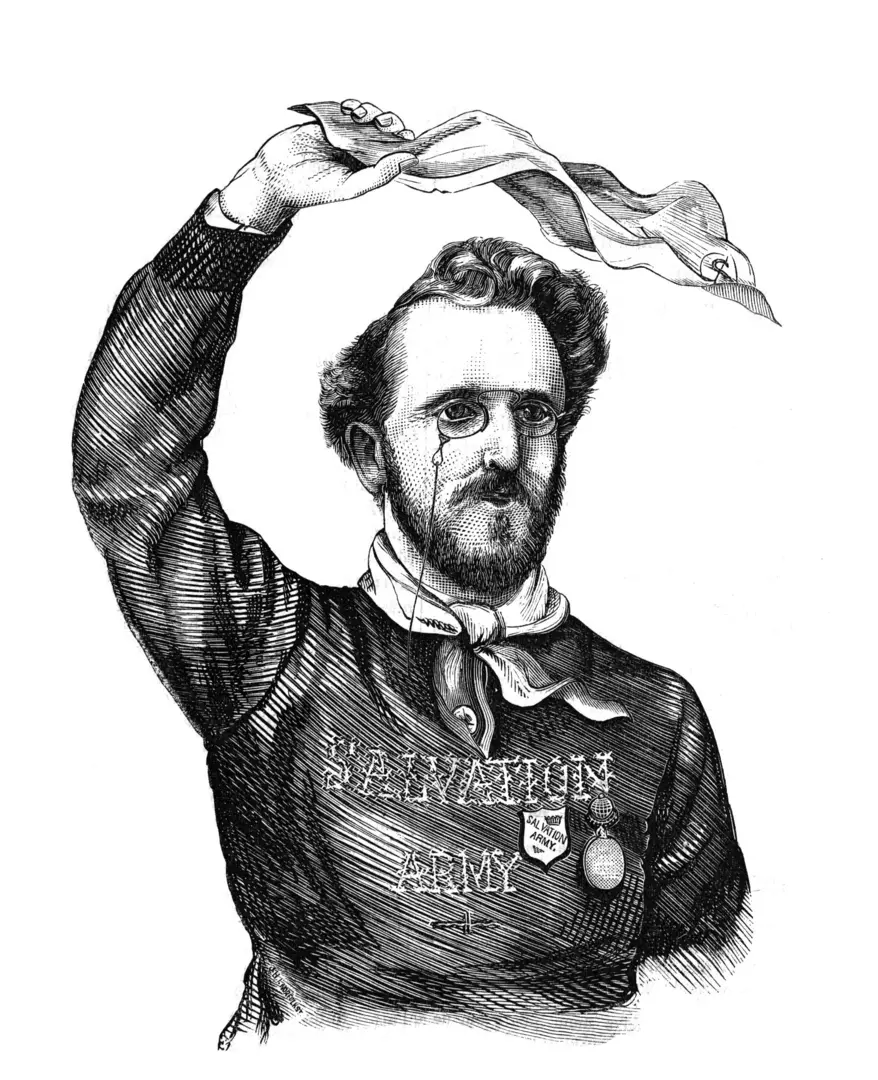
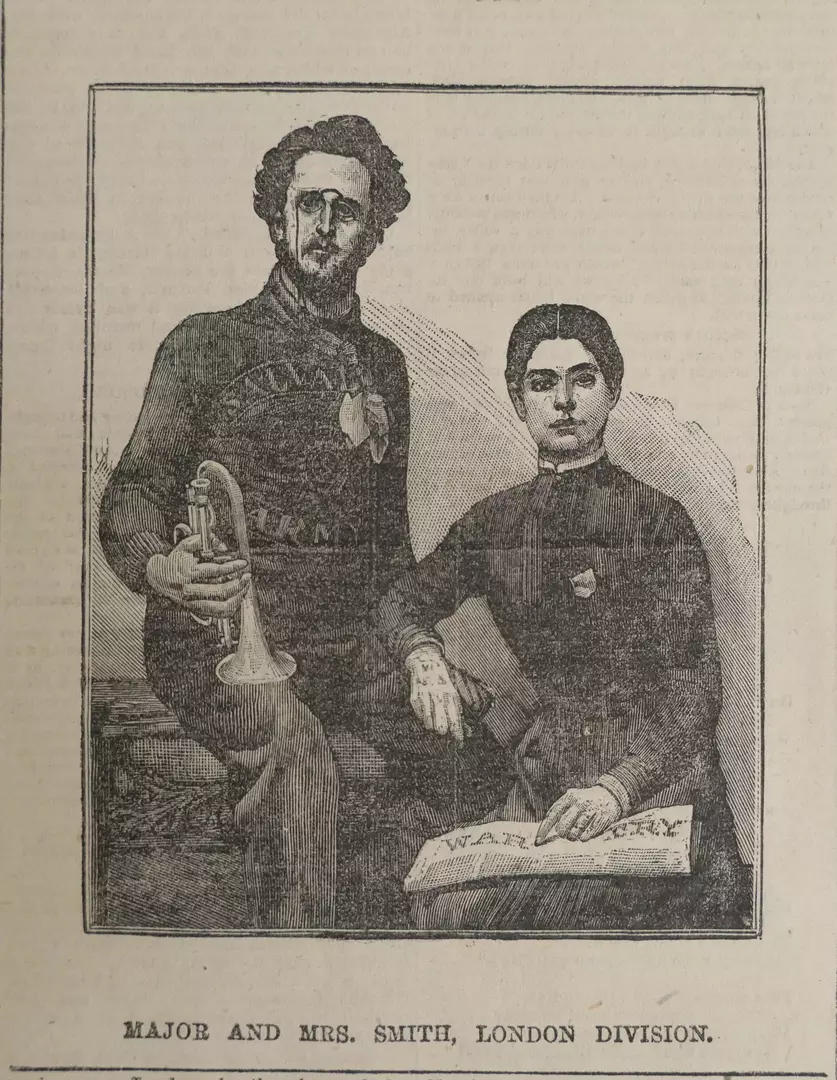
So, in want of further evidence, our best guess is that this photograph shows a group of attendees at the 1886 International Congress. The research undertaken to identify this early photograph has allowed us to re-catalogue it in a more detailed way, and if our identification is correct, it makes it one of only three known photographs of the first International Congress in our collection. It may also be the only photograph we have of Mrs Commissioner Elizabeth Smith, Captain Wallace James (shown in the back row with his name embroidered on his jumper) and many of the other unnamed sitters.
In each of these examples, identification was only possible because there were factors limiting the range of possibilites, and because we were fortunate enough to be able to recognise some elements of the photograph in the first place. Although the detective work involved can be satisfying when it’s successful, it is just as likely to lead to a lot of dead ends and frustration. With photographs of very early Salvation Army activities, which are scarcer and the more historically valuable for it, it can be worth the time and effort to properly identify the sitters or the occasion. However, we have tens of thousands of photographs in our collection. Given that we have all of these to catalogue, and many other tasks that demand our attention in the day to day running of the Heritage Centre, we have to use our judgement wisely to decide how much time to invest in identifying a single photograph.
Ruth
August 2018
This blog post was updated in March 2020 to reflect the findings of further research.
For more information on cabinet cards, see the very helpful blog post ‘How to spot a cabinet card’ from the National Media Museum, https://blog.scienceandmediamuseum.org.uk/find-out-when-a-photo-was-taken-identify-a-cabinet-card/ [accessed 07/09/2018].
Read other blogs from the Heritage Centre
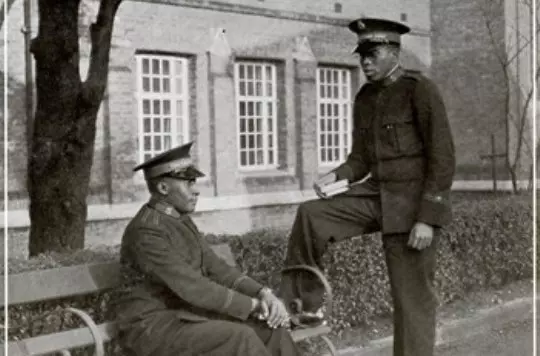
Guest blog: Black History Month
In our first ever guest blog, William Booth College librarian Winette Field explores the history of black Salvationists, evangelists and missionaries in the UK...
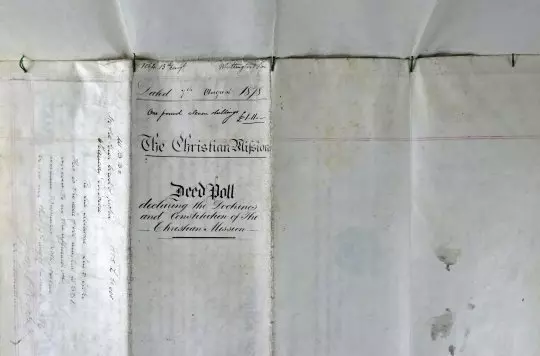
‘The Foundation Deeds have never failed’: The Salvation Army Acts deconstructed
This blog came about as a result of a series of enquiries about The Salvation Army’s Acts of Parliament – what they are and why they were created...
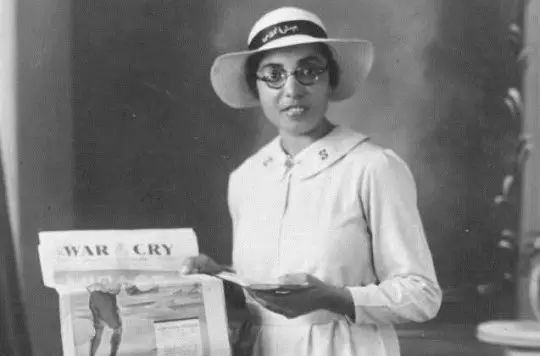
‘Date Palm Corps:’ The Salvation Army in the Middle East
Researching the centenary of the end of the First World War has led us to some documents relating to the war in the Middle East...
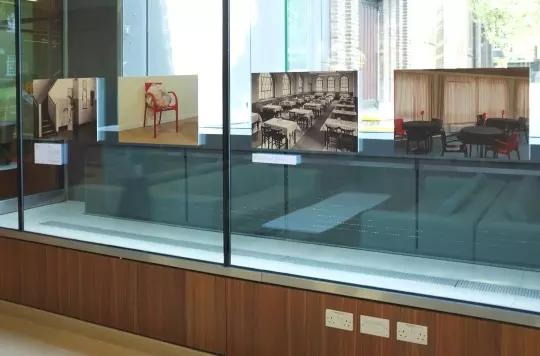
Homelessness photography exhibition previews at William Booth College
Before it moved to its current location in Liverpool, William Booth College hosted Quiet Room, Tony Mallon’s latest photography exhibition...